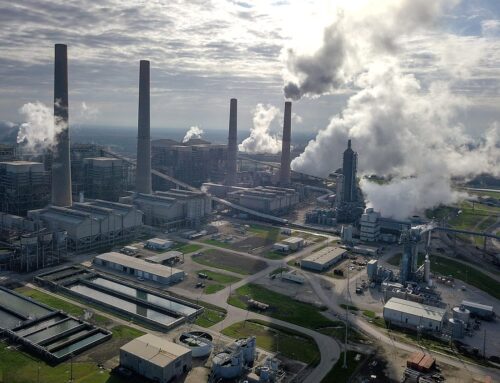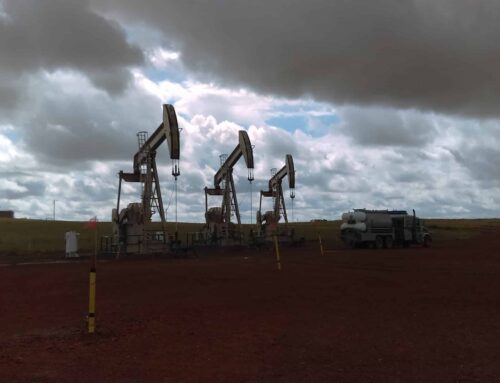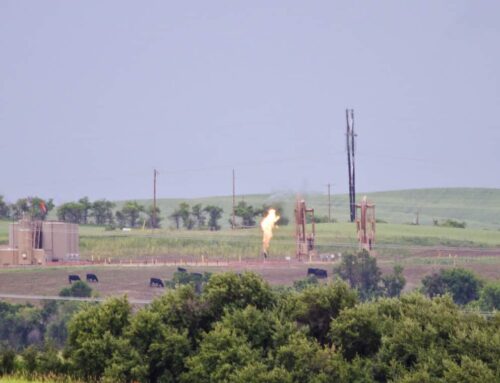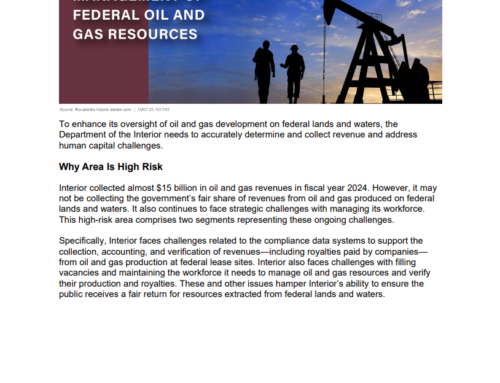Last week the House of Representatives voted on the fiscal year 2013 Energy and Water spending bill. The $32.1 billion bill funds several government agencies, most notably the Department of Energy, the Bureau of Reclamation, and the Army Corps of Engineers. Over 60 amendments were offered, and many votes were taken on important taxpayer issues—including subsidy cuts to energy sectors across the board.
Shockingly, despite our $15 trillion debt and trillion dollar deficits predicted for the next decade, Congress overwhelmingly rejected these cuts. Amendments to cut subsidies for nuclear, fossil, renewable energy, and more were defeated time and again.
But when we were all but ready to throw in the towel, one lonely cut amendment squeezed through. By a landslide margin of one vote, Congress stopped $25 million in wasteful subsidies for oil shale. Peanuts, we know, but at least they found something! And it was something that has been raking in the cash for decades.
Although you may have heard of shale gas or shale oil, oil shale is different. Unlike shale gas and shale oil, it has failed to be produced on any significant scale. It’s solid rock that contains kerogen, from which oil can be derived. But the process to extract it is inefficient, expensive, and extremely water-intensive, and the oil produced is comparatively low quality.
Over the last century, taxpayers have invested billions of dollars to help oil shale production get off the ground. In the early 1900’s the government began formal support of oil shale extraction – setting aside three tracts of land as reserves. In the 1940’s we began funding extensive research, and in the 1980’s we offered a suite of subsidies including hefty loan guarantees, price guarantees, tax credits, and more. Congress created a quasi-governmental entity — the Synthetic Fuels Corporation (SFC)—just to provide funding for oil shale and other unconventional fuels like liquid coal (just as unsuccessful as shale). Just five years after its start in 1980, the SFC had already lost billions of dollars and President Reagan pulled the plug.
But the subsidies didn’t stop when the SFC went the way of the dodo. In 2005 oil shale got another sweetheart deal in the energy bill, getting valuable tax breaks and other subsidies.
Taxpayers have also subsidized oil shale through land giveaways . Two million acres of federal land was made available for its development without charging any fees or rents—which are typical of oil and gas extraction on public or private land. Since oil shale is not currently commercially viable, it’s questionable if taxpayers will ever receive revenue from its production.
Now, don’t get us wrong here. If oil shale could be the next big thing — we’d be happy to see it. But, the oil industry has plenty of money in their coffers to make it happen, if it is possible. What we don’t want to see is lawmakers continuing to pile on the subsidies.
Congress scored one small victory for taxpayers last week by voting to cut the addition of more oil shale subsidies. We had hoped that with the budget situation a lot more subsidies would be stripped out, but at least this may be the start of government getting out of the oil shale business. After spending billions of dollars with nothing to show for it, it’s past time to cut our losses.
TCS Quote of the Week
“Given today’s critical need to get our nation’s fiscal house in order, it’s time to bring grazing costs on public lands more in line with what it costs producers to graze on private lands. Doing so would bring fairness to all livestock producers and have the added benefit of saving taxpayers billions.”
– Senator Ben Nelson (D-NE) on his farm bill amendment to cut federal subsidies for livestock grazing on public lands. ( The Independent )







Get Social